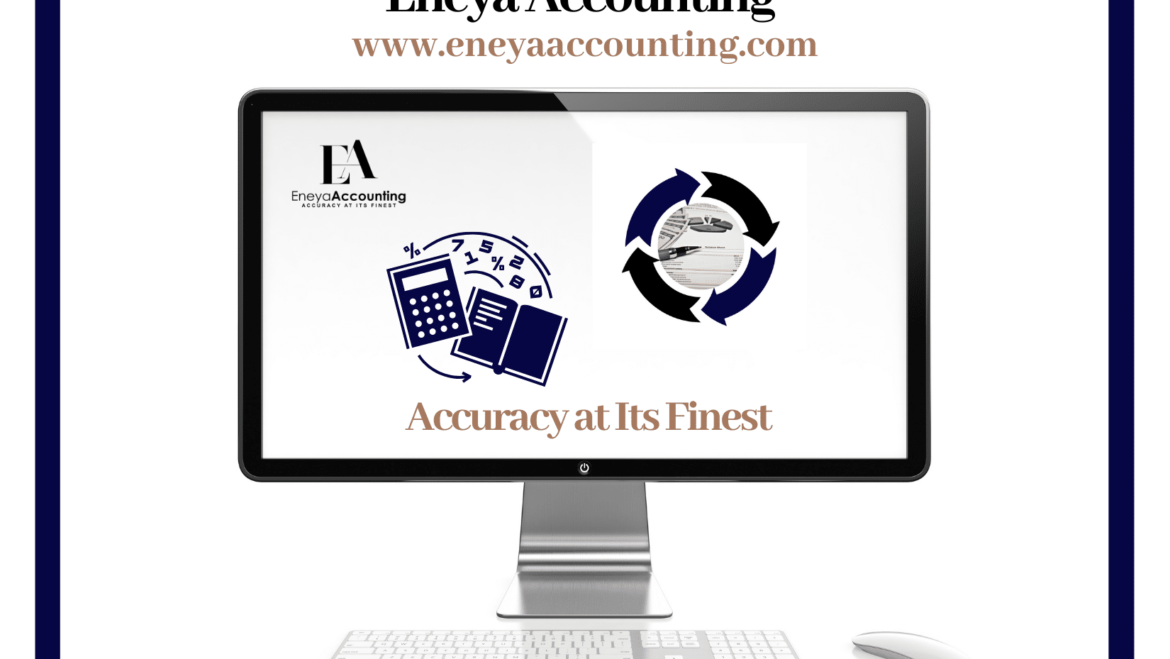Creating A Bookkeeping Routine
Too often, people view routines as the opposite of creativity, which often leads to boredom. Contrary to normal life, developing a routine in business operations sets the tone on how successful your organization will become.
Business owners often hear about how they need to set up processes and systems to structure their entity without realizing that the same concept should apply to their financial operations as well.
Having a bookkeeping routine in place allows you to maintain accurate financials for investors and grant applications, and stay compliant with government agencies.
Financial operations consist of numerous activities to keep your business running. It includes the process of generating income, building cash reserves, investing in long-term assets, reinvesting in your business, and spending in operating activities such as marketing, insurance, supplies, inventory, etc.
From now on, you have certainly understood that you need to know your financial operations before even thinking about creating a routine to track financial performance.
If you are wondering where to start with your bookkeeping routine, keep the following factors in mind:
1. Industry
Knowing the type of industry in which your business operates is completely different from learning the mandatory workflows and processes needed to operate. For example, businesses in the legal industry have different workflows and processes than an audit and accounting firm. Despite both businesses being known for providing professional services, the workflow and processes will certainly differ from one to the other.
2. Income Cycle
In order to stay in business, businesses need to generate income to cover its expenses. After researching and learning about your industry, you have a clear understanding about the cycle of generating income in business. For example, e-commerce stores do not write invoices to generate income. They process sales through a point of sale system that directly collects payments from customers on their website before delivering the product into the customers’ hands. By mapping the income cycle, you can develop a bookkeeping routine, such as scheduling merchant deposits once a week, to record income on a weekly basis in your accounting software.
3. Spending Cycle
Depending on your business operations, you need to set up a routine to track your spending accurately. For example, you might need to write checks on a weekly basis to pay vendors. Alternatively, you might set up automatic payments to process recurring vendor payments to avoid service interruption. You might as well have both systems depending on your operations.
4. Investing Cycle
It’s important to think about investing in business to scale or keep the business running. You need to know how often you spend on assets, continuing education, or hiring employees to grow your business. By having that knowledge, you can plan accordingly as you approach the cycle by extending your line of credit, making payments on your business credit card to have enough funds available for investment, etc.
5. Reviewing Cycle
Reviewing is the last and most important phase of your bookkeeping routine. As you worked on your business throughout the entire period (week, month, quarter, semester, or year), it is probable to have some misclassification or errors. Reviewing your business transactions (including all the cycles) will help you to locate errors and omissions before moving to the next period.
Eneya Accounting assists businesses by creating a routine to process transactions and generate accurate financial statements. Click this link and book a discovery call to learn how we can assist you. Call us for additional questions at 949-529-0740.
